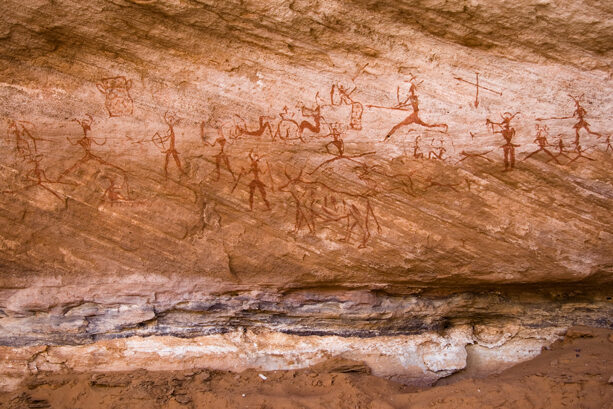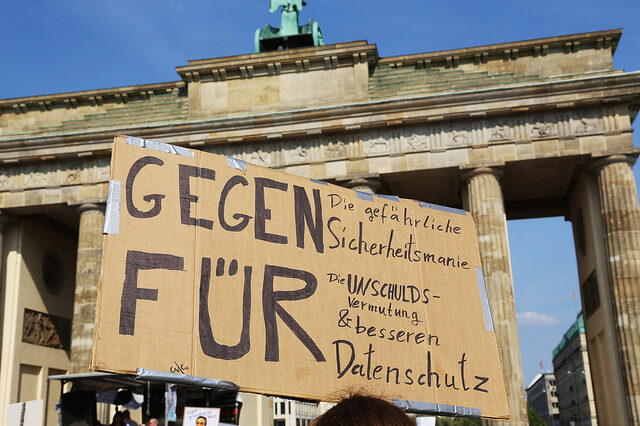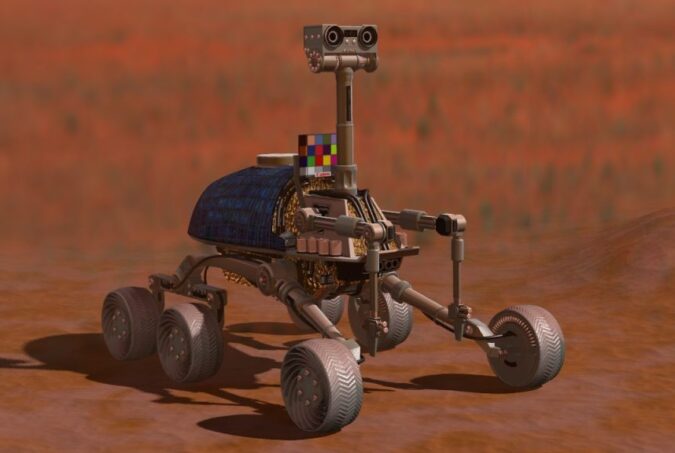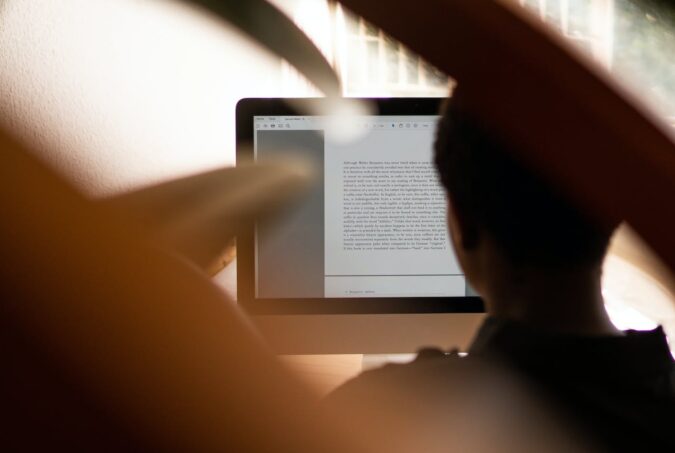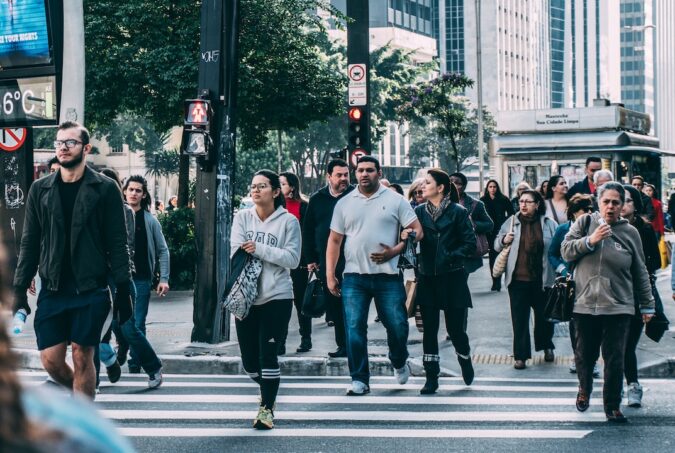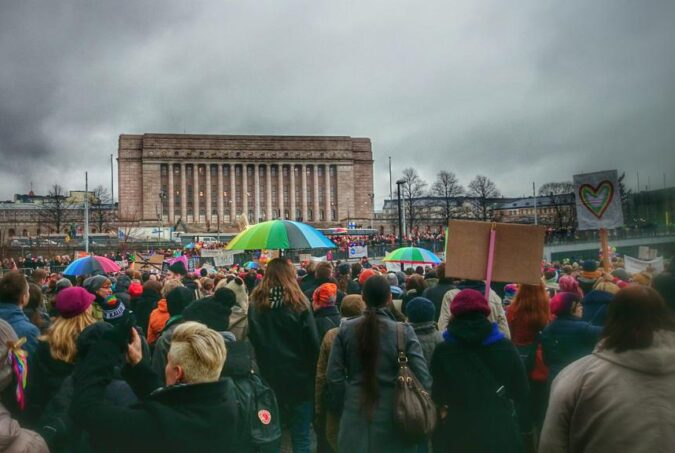
November rainbows in front of the Finnish parliament house in Helsinki, one hour before the vote for same-sex marriage. Photo by Anni Sairio.
In a pivotal vote today, the Finnish parliament voted in favour of removing references to gender in the country’s marriage law, which will make it possible for same-sex couples to get married. It was predicted to be an extremely close vote, but in the end gender neutrality won with 105 votes to 92. Same-sex couples have been able to enter into registered partnerships in Finland since 2002, but this form of union lacks some of the legal and more notably symbolic privileges of marriage. Today’s decision is thus a historic milestone in the progress towards tolerance and equality before the law for all the people of Finland. Today’s parliamentary decision is also a milestone for another reason: it is the first piece of “crowdsourced” legislation on its way to becoming law in Finland. A 2012 constitutional change made it possible for 50,000 citizens or more to propose a bill to the parliament, through a mechanism known as the citizen initiative. Citizens can develop bills on a website maintained by the Open Ministry, a government-supported citizen association. The Open Ministry aims to be the deliberative version of government ministries that do the background work for government bills. Once the text of a citizen bill is finalised, citizens can also endorse it on a website maintained by the Ministry of Justice. If a bill attracts more than 50,000 endorsements within six months, it is delivered to the parliament. A significant reason behind the creation of the citien initiative system was to increase citizen involvement in decision making and thus enhance the legitimacy of Finland’s political system: to make people feel that they can make a difference. Finland, like most Western democracies, is suffering from dwindling voter turnout rates (though in the last parliamentary elections, domestic voter turnout was a healthy 70.5 percent). However, here lies one of the potential pitfalls of the citizen initiative system. Of the six citizen bills delivered to…




